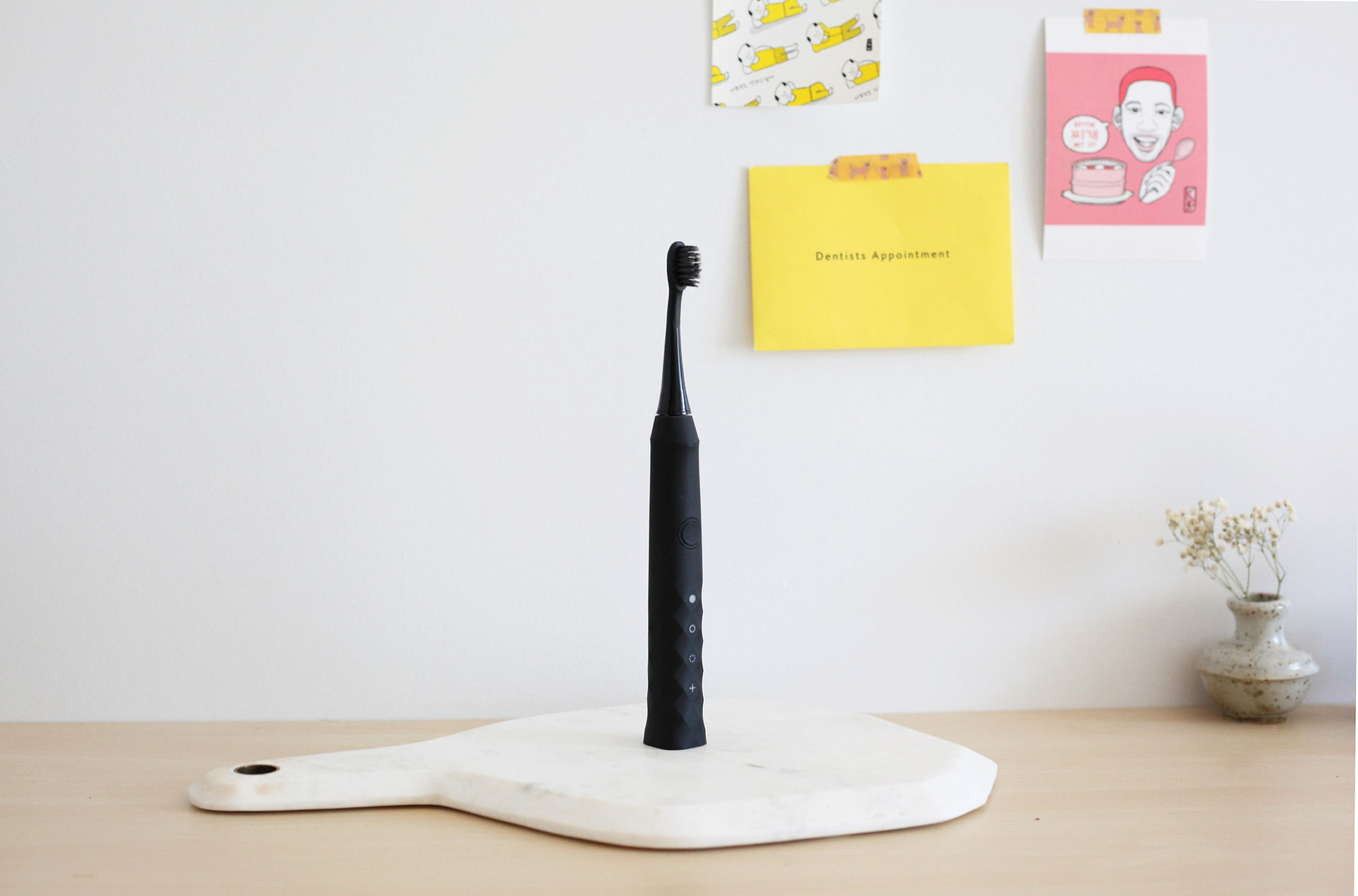Minimally invasive smile designs
- CREST CLINIC

- Jul 15
- 3 min read


Why Saving Your Natural Front Teeth Is Better Than Getting Crowns or Veneers: The Power of Minimally Invasive Dentistry
When your front teeth develop cavities, your first thought might be to get them "capped" with crowns or covered with veneers for a perfect smile. While that may seem like the best option, there's actually a smarter, gentler way to fix your teeth without removing a lot of healthy tooth structure. This approach is called Minimally Invasive Dentistry (MID) — and it’s changing the way dentists treat teeth.
Let’s explore why this method is especially important when restoring front teeth.
1. Keep as Much of Your Natural Tooth as Possible
Your natural teeth — especially the hard outer layer called enamel — are incredibly strong and designed to last a lifetime. In the past, dentists would often remove a lot of this enamel to place crowns or veneers. While these options look good, they require grinding down healthy parts of your tooth.
Minimally invasive dentistry focuses on removing only the damaged or decayed part of the tooth. The rest of the tooth is left untouched. This means:
Less drilling
Less damage
More of your natural tooth stays healthy
Keeping your natural enamel is also better for bonding. Dental fillings and materials stick more securely to enamel than to inner parts of the tooth. So the restoration lasts longer and fits better.
2. Avoid the “Restoration Cycle”
Many people don’t realize that once a tooth gets a crown or veneer, it may eventually need more work later. Crowns can loosen, chip, or develop decay at the edges. This can lead to more drilling, bigger crowns, or even root canals. Dentists call this the “restoration cycle”, where the tooth goes through repeated treatments over time — each one more invasive than the last.
By starting with conservative treatments, such as small fillings or partial restorations, you give the tooth a better chance of staying strong for the long run. It's like fixing a small scratch on your car instead of replacing the entire door.
3. Today’s Fillings Look Just Like Real Teeth
In the past, people worried that fillings would look unnatural, especially in front teeth. But that’s no longer true. Modern tooth-colored materials like composite resins and ceramic inlays are designed to match the exact color, shine, and shape of your real teeth.
Dentists can now use layering techniques to make these fillings almost invisible. The result? A smile that looks beautiful and natural — without needing to grind away your tooth for a crown or veneer.
And the best part? If you ever chip a composite filling, it can be repaired quickly and easily. A broken crown or veneer usually needs to be replaced completely.
4. Less Pain, Lower Costs, and Safer for Your Teeth
Because minimally invasive dentistry involves less drilling, it’s usually more comfortable. You may not even need a numbing injection in some cases.
Also, since you're not paying for crowns, lab fees, or multiple dental visits, conservative treatments are often more affordable. That’s especially helpful for younger people or those wanting cost-effective dental care.
Importantly, you also avoid the risk of damaging the nerve inside your tooth. When too much tooth is removed, the inner pulp can get irritated, leading to sensitivity or the need for a root canal. Preserving more of your natural tooth means less chance of this happening.
5. Patients Prefer Gentle, Natural Treatments
Today, most people want to keep their natural teeth for life. They’re asking dentists for treatments that are safe, gentle, and long-lasting — not just quick fixes. Minimally invasive dentistry fits perfectly with this mindset.
Instead of jumping into aggressive solutions, your dentist can work with you to create a plan that fixes the problem now but also protects your tooth’s future. For example, small cavities in front teeth can be cleaned out and filled in a single visit, often without drilling into healthy areas.
You still get a bright, confident smile — without losing your natural tooth in the process.
Final Thoughts
Front teeth are important not just for smiling, but for talking and eating. So when they develop cavities, it’s important to fix them the right way. Minimally invasive dentistry helps you:
Save more of your natural tooth
Get a natural-looking smile
Avoid pain and future dental problems
Spend less over time
Before choosing crowns or veneers, talk to your dentist about minimally invasive options. In many cases, you don’t need to sacrifice a healthy tooth for a beautiful smile — you can have both.
Dr. Krithika Datta





Comments